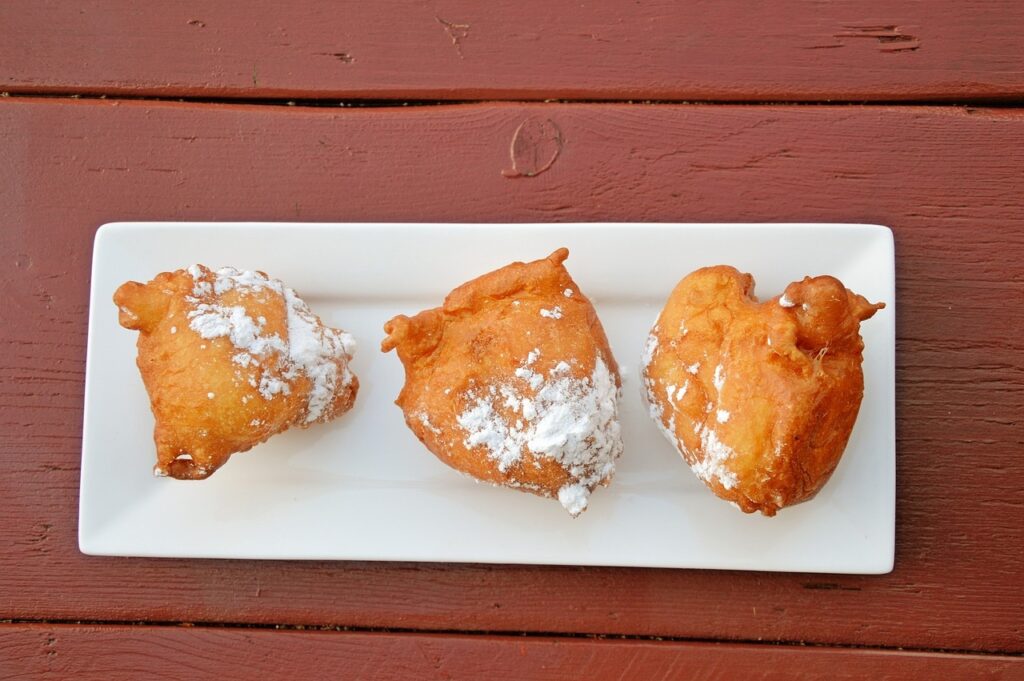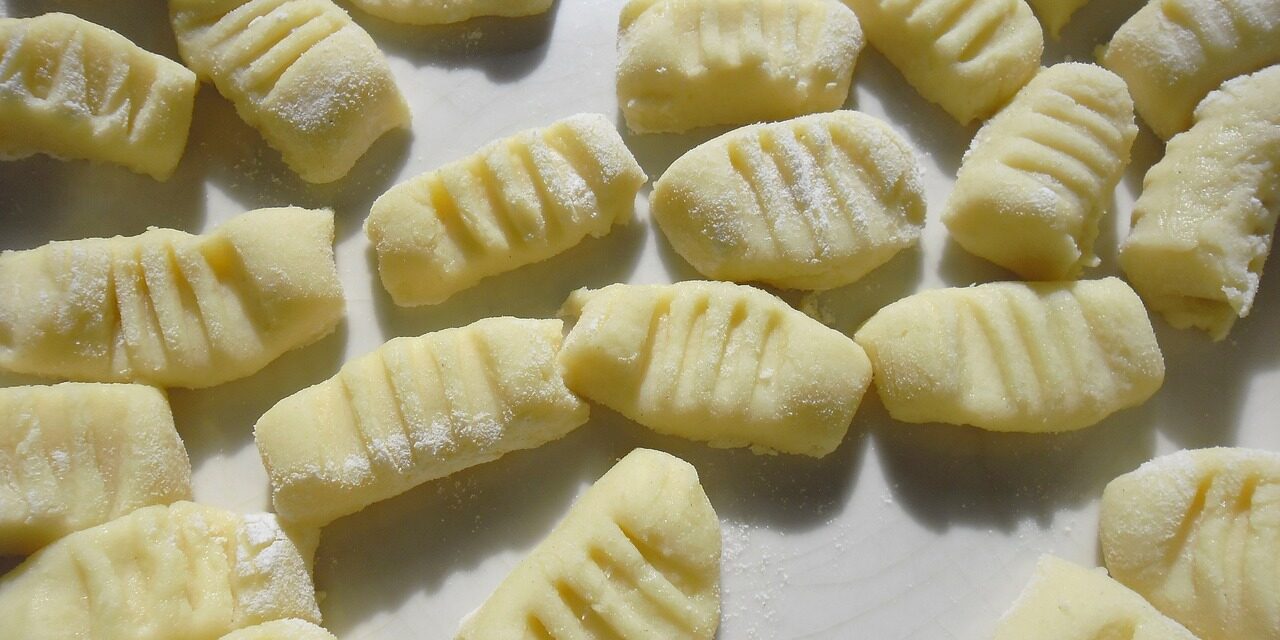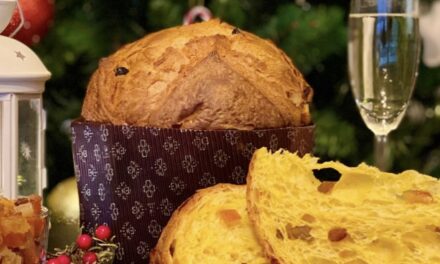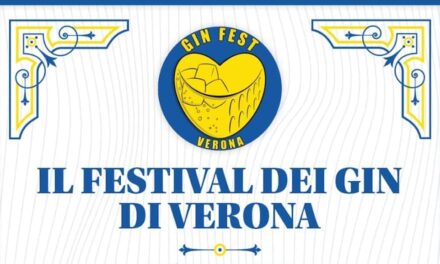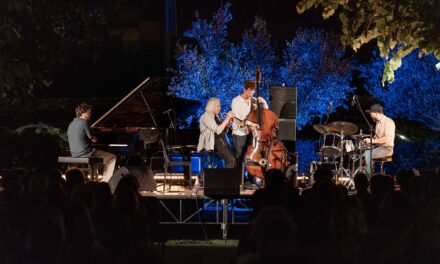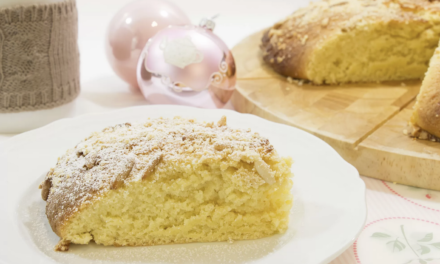Tables abound throughout the Veronese Carnival with traditional, delicious foods that have been passed down for generations, ranging from gnocchi to fritole. The gnocco is without a doubt the king of Verona’s carnival, and it has a whole day dedicated to it: Venerdì Gnocolar, the last Friday before Lent, when everyone awaits the arrival of the carnival floats.
Verona’s gnocchi have a tradition spanning more than 500 years.
A first course made with potatoes, they are simple to prepare and excellent with tomato sauce, or, to follow Verona’s tradition to the letter, with pastissada de caval, a horse meat stew typical of Veneto’s cuisine. Gnocchi’s roots go back to 1531, when Tommaso da Vico found the quickest, but also most effective, method to quell the city riot caused by famine. The doctor then decided to go to San Zeno, a neighborhood at that time populated mostly by the poor, and distribute food products to everyone. From then on, da Vico asked to continue the tradition by distributing gnocchi, wine, and other products every year on the last Friday before Lent.
Making Veronese gnocchi is very easy. Potatoes, flour, salt, and eggs are the primary elements used to mix the dough. The potatoes need to be mashed with a specialized potato masher after being boiled and peeled. Next, add the flour, salt, and one or two eggs, and stir to combine. After that, the latter should be cut into 3 cm-long cylinders from which individual gnocchi are cut. Next, using the back of a fork, each dumpling should be ridged. In order to cook them, the water must be brought to a boil, and then the gnocchi should be added and cooked for a few minutes.
The typical desserts of the Veronese carnival are galani and fritole.
Galani are an essential part of the Venerdì Gnocolar lunch. Truth be told, galani are a popular dessert across Italy, but they go by several names. In Liguria, they are called bugie; in Tuscany, cenci; and in the Marche, frappe. Veronese galani are made from flour, sugar, butter, and eggs. Then, these can be enhanced with grappa or Soave wine, lemon, vanilla, and peanuts.
Veronese fritole are another superb dessert. These are soft fried fritters packed with raisins and apples (the word actually originates from the verb “friggere,” which means to fry). The dough is mixed with chopped apple, which sets them apart from Venetian fritole. Once more, fritole has been a part of Veronese culture for centuries—more specifically, since the 1300s. Later on, the dish made its debut in a cookbook authored by Pope Pius V’s official chef, and it was officially recognized as a Veneto State national sweet.
